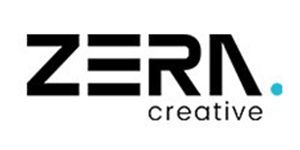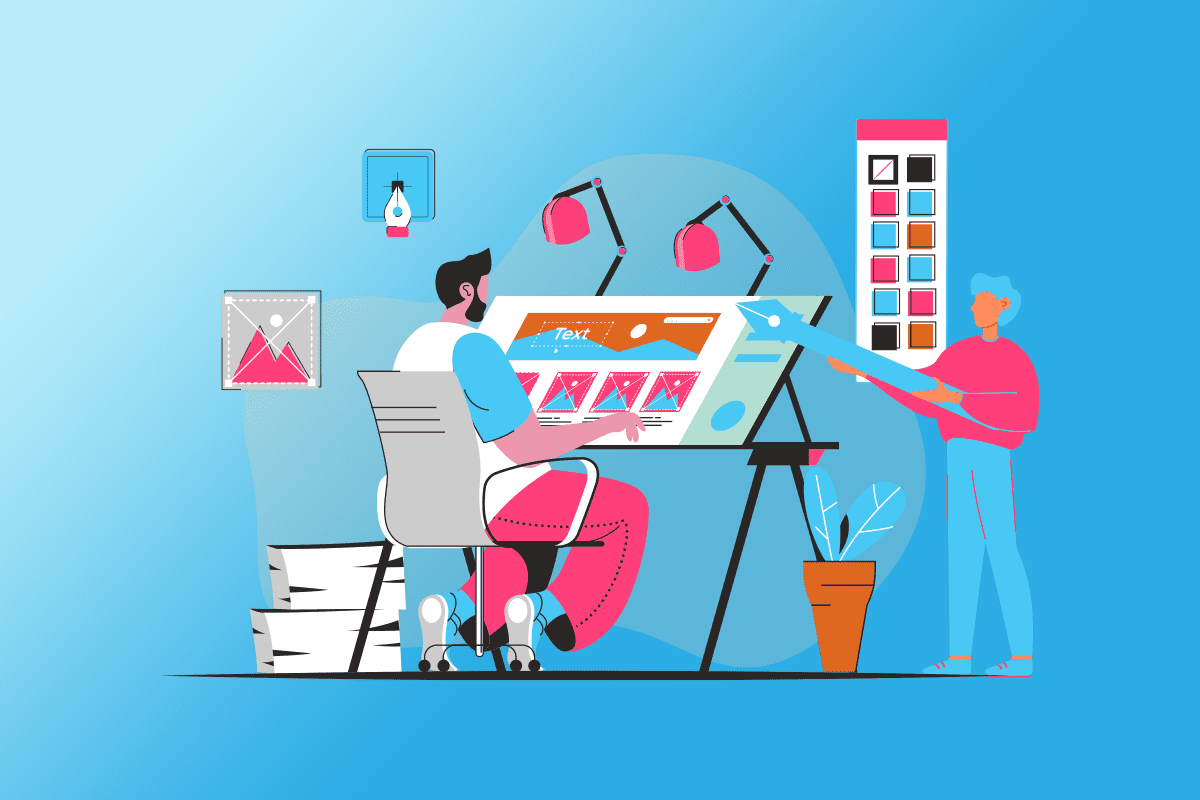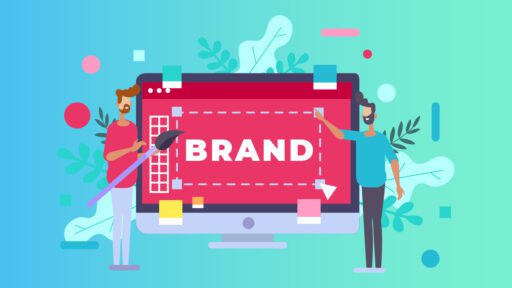A logo is more than just a pretty image; it’s your brand’s heart and soul in graphic form. The process of creating one is like a journey, and your involvement is like the compass guiding it. In this article, we’ll explore 10 solid reasons why your active engagement in the logo design process is a game-changer.
It’s not just about getting a cool logo; it’s about crafting a visual identity that speaks volumes about your brand. So, let’s jump into why your say matters and how it transforms logos from mere graphics to authentic brand ambassadors.
The Power of Client Engagement in Crafting Authentic Logos
In the world of logo design, authenticity is gold. Your active participation in logo design is the secret sauce to creating logos that don’t just look good but also resonate deeply with your brand’s values. It’s more than just a collaboration; it’s the essence of crafting a visual identity that’s uniquely yours.
Elevating Logos from Graphics to Brand Identity
There is a transformative power of client engagement in logo design, turning logos from mere graphics into the visual embodiment of a brand’s identity and values. Here are the top 10 reasons with unique points of view and their demand in the market.
1. Understanding Brand Identity
Client engagement is pivotal for comprehending the brand’s identity at its core. It involves the exchange of ideas, stories, and values that shape the brand’s existence. By actively involving clients in the design process, designers gain insights into the essence of the brand, which extends far beyond a mere logo.
Examples of such authentic representation can be found in iconic logos like the McDonald’s golden arches or the Coca-Cola script. These logos didn’t emerge by chance; they were meticulously designed to mirror the brand’s unique identity. Client engagement in some cases allows designers to infuse the logos with the brand’s essence, making them instantly recognizable and deeply meaningful.
2. Fostering Collaboration
Collaboration between clients and designers in the creative logo design services is akin to a creative partnership. The synergy between these two key players paves the way for a more dynamic exchange of ideas and insights. Clients bring their unique knowledge of their brand’s history, values, and market positioning, while designers contribute their creative expertise.
An excellent example of successful collaboration is the FedEx logo, which features a subtle arrow hidden between the letters “E” and “x.” This arrow symbolizes forward movement, aligning perfectly with the brand’s commitment to efficiency and progress in the shipping and logistics industry.
3. Building a Harmonious Design Process
A harmonious design process is vital for creating a logo that not only meets the client’s expectations but also adheres to a timeline. Client engagement plays a pivotal role in achieving this harmony. When clients actively participate in the design, they can provide prompt feedback and clear direction, reducing the chances of misunderstandings and revisions.
An illustrative case is the iconic Nike swoosh logo. The design includes between Nike and the logo’s creator, Caroline Davidson, was highly collaborative and efficient. The simplicity of the swoosh and its immediate association with movement and action were the result of this collaborative effort.
4. Customization and Personalization
Every brand is unique, and a one-size-fits-all approach to logo design may not do justice to this diversity. Client engagement offers the advantage of logo customization and personalization. When clients actively participate in the process, they can convey their specific requirements, preferences, and nuances that need to be incorporated into the logo.
Consider the “Amazon” logo as an exemplar of customization and personalization. The arrow in the Amazon logo, which also represents a smile, conveys the brand’s commitment to delivering products with speed and a smile. This unique design element was born out of a collaborative design that involved client input.
5. Ownership and Authenticity
A logo that is truly representative of a brand requires a sense of ownership. When clients are actively engaged in designing, they not only provide valuable input but also develop a deeper connection with the logo.
The logo represents the brand’s authentic identity to them. The logo represents the brand’s authentic identity to them. This connection and ownership make the logo more meaningful and memorable, leading to greater brand recognition and loyalty.
6. Effective Communication
Effective communication is the backbone of any successful logo design. Client engagement ensures that ideas, feedback, and objectives are conveyed clearly and understood by both the client and the design team. An open channel of communication between clients and designers facilitates discussions, brainstorming, and creative problem-solving.
This ultimately leads to the production of a successful logo that resonates with the target audience and reflects the purpose of the organization. This also helps to ensure that the project is completed on time and within budget. Additionally, it allows the client to provide feedback and adjust the project as needed.
7. Reflecting Brand Values
A logo should be more than just a visual representation of a brand; it should mirror the brand’s core values and aspirations. Client engagement ensures that the logo aligns with these values, making it more meaningful and powerful.
When clients actively participate when it comes to logo designing, they can convey the brand’s unique values, which can range from environmental consciousness to commitment to innovation. These values can be infused into the logo’s design, creating a logo that not only looks good but also speaks to the brand’s ethical and strategic foundations.
8. Reducing Revisions and Misunderstandings
A key advantage of client engagement in the logo design is the potential reduction in revisions and misunderstandings. When clients actively participate and provide feedback throughout the design stages, they can prevent the need for significant design changes later.
This collaborative approach leads to more streamlined and efficient logo design skills, saving both time and resources. It also minimizes potential misunderstandings by ensuring that the client’s vision is accurately translated
9. A Logo with Meaning
Logos that carry deeper meanings tend to leave a lasting impact on the audience. Client engagement plays a pivotal role in uncovering and expressing these meaningful elements in a logo. By actively involving clients, designers can tap into the client’s insights and experiences, which often lead to meaningful design elements.
These elements can range from subtle visual cues to symbolic representations, enriching the logo with layers of significance. Such logos go beyond aesthetics; they become a powerful storytelling tool that resonates with the audience.
10. Client Satisfaction
Ultimately, a satisfied client is a testament to the success of the logo. When clients are actively engaged in the design journey, they are more likely to be satisfied with the final logo. This satisfaction arises from the fact that the logo authentically represents their brand, values, and vision.
Clients feel a sense of ownership and pride in the logo, making them enthusiastic brand ambassadors. Their active involvement ensures that the logo aligns with their expectations, which, in turn, leads to a more positive and harmonious design experience.
Conclusion
In the realm of logo design, it’s not just about the result; it’s about the journey. Your active engagement in the logo design process isn’t just a checkbox; it’s the compass that guides the creation of a logo that truly represents your brand. It’s the difference between a beautiful graphic and an authentic brand ambassador.
So, remember, your voice matters, and it’s the secret to crafting logos that tell your brand’s unique story, connecting with your audience on a profound level.







